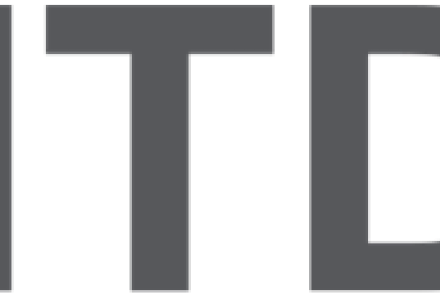How to interconnect to eTIR international system?

For customs ICT officials in charge national customs systems, interconnecting their applications to the eTIR international system is the most important step to implement eTIR procedure in their country.
However it is important before this to understand the base principles and benefits brought by eTIR to the customs as described in the dedicated section eTIR for customs authorities and to familiarize with the eTIR specifications available in the documentation below (from the most basic to the most detailed perspective):
- Introduction to the eTIR specification
- eTIR concepts
- eTIR functional specifications
- eTIR technical specifications
Once familiar with the eTIR specifications, it is recommended to contact the UNECE TIR secretariat to organize a kick-off meeting to learn about the 2 possible interconnection approaches ("direct/full-fledged" or "via use of eTIR National Application") to interconnect the national customs systems with the eTIR international system and enable eTIR procedure in the country or customs territory.
Direct/full-fledged eTIR interconnection project:
This interconnection approach is the default one, and requires to adapt the national customs systems to meet the requirements described in the eTIR specifications.
In such a project, after the development of the required "eTIR procedure" functionalities, the national customs systems shall pass the eTIR conformance tests ensuring:
- the good connectivity with eTIR international system
- the capacity to send and receive each of the eTIR messages as described in the eTIR implementation technical guides.
- the capacity to handle eTIR procedure processes (as described in the eTIR conformance tests scenarios)
This interconnection approach usually take several months to complete and is well fitted for "mature" national customs systems with sufficient customs ICT resources to adapt the system to eTIR, support the conformance tests and the change management processes.
Interconnection to eTIR via eTIR National Application:
This interconnection approach relies on the eTIR National Application that has been developed by the UNECE TIR secretariat to interconnect customs authorities with the eTIR international system faster by deploying a (web based) software fully compliant with the eTIR specifications and eTIR conformance tests.
It was developed in response to the problematic of customs authorities adoptions to the eTIR procedures taking too much time when using the direct/full-fledged eTIR interconnection approach.
In such a project, after the a few preparation meetings, the TIR secretariat team will:
- Deploy and configure the eTIR NA instance dedicated to the requesting country/Contracting Party
- Train customs ICT team to use and maintain the application on-site.
- Train the "selected" customs officers to use eTIR National Application to perform the eTIR procedure processes on-site.
This interconnection approach can be used as a temporary or long-term eTIR implementation and usually takes a few weeks of preparation, followed by one week of on-site deployment and training workshops to complete. It is adapted to all types of national customs systems but doesn't require extensive customs ICT resources as no adaptation of their system to eTIR is required, nor support of the conformance tests. Additionally part of the the change management processes are handled by the TIR secretariat. Its main advantage is the fast and light weight implementation of eTIR procedure for the Contracting Party.
- Log in to post comments


